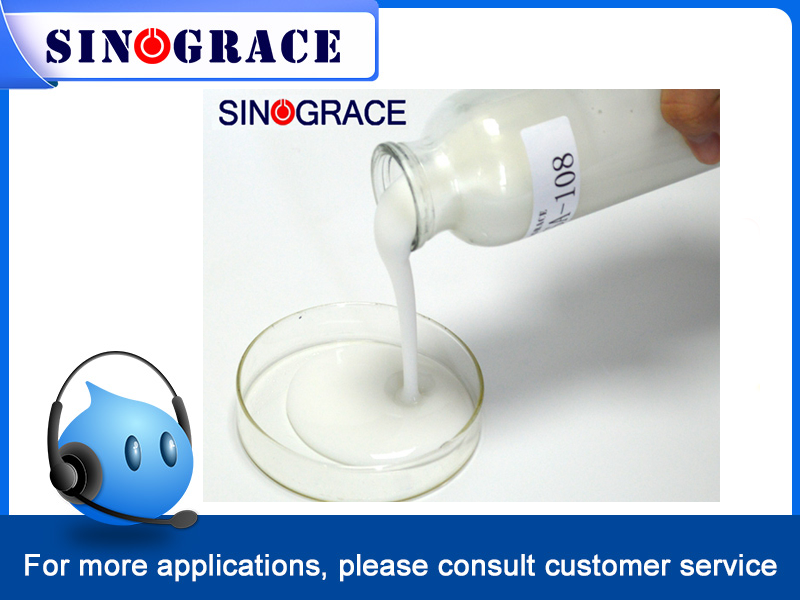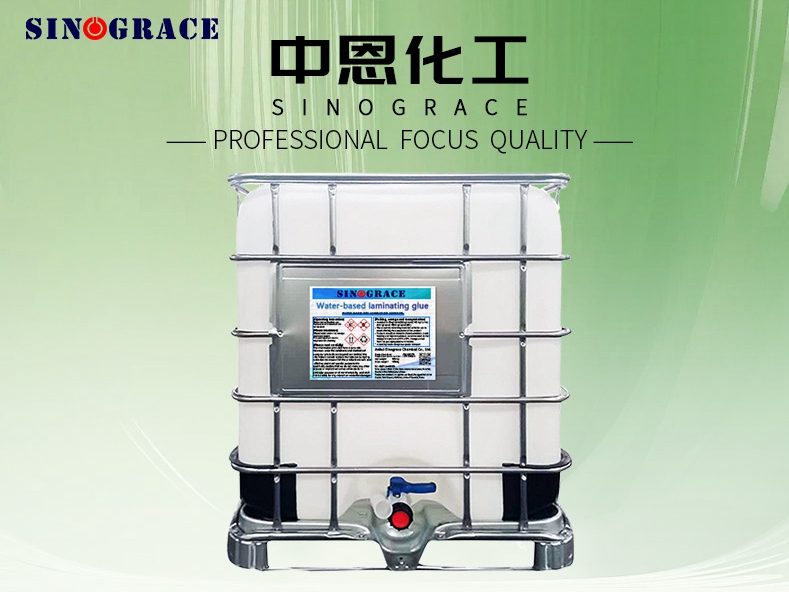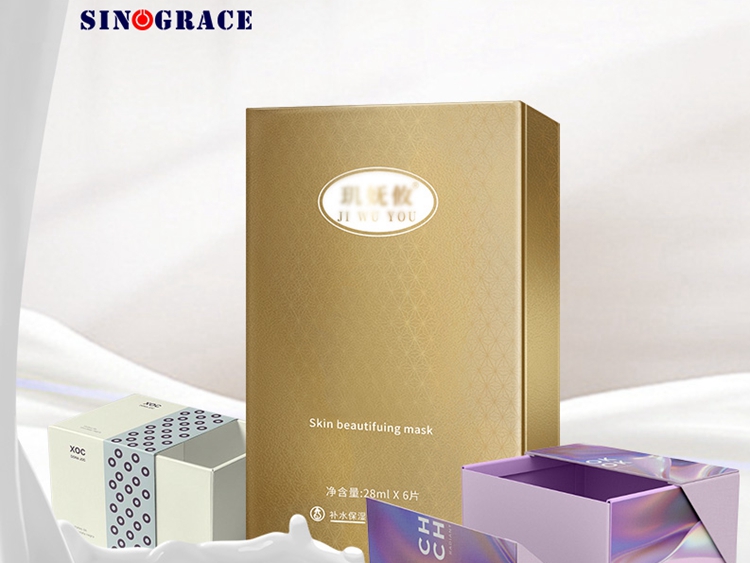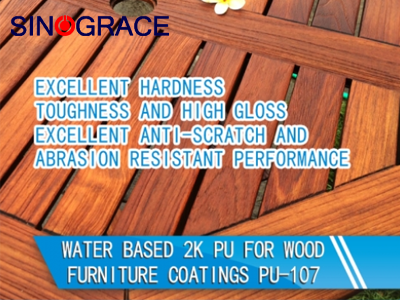The difference between water-based paint and oil paint
The difference between water-based paint and paint: Compared with paint, water-based paint, its wear resistance, and aging resistance have been significantly improved, compared with traditional paint, water-based paint is more affordable, more easily used by people, and less harmful. Water-based paint, water as diluent, with wear-resistant, aging resistance, easy to use and other characteristics, and harmless to the human body, does not pollute the environment, can be used in: metal, glass and other materials. Advantages of water-based paint 1.Use water as solvent. Save resources; Eliminate security risks; Reduce air pollution; Improve working conditions. 2.can be directly constructed; Good surface adaptability, strong adhesion. 3.Tools can be washed to reduce the consumption of cleaning agent and reduce the damage to construction personnel. 4.Tools can be washed to reduce the consumption of cleaning agent and reduce the damage to construction personnel. Water paint defect 1, the construction requirements are high, because the surface tension is large, easy to make the film shrinkage; 2, the stability is poor, the coating film produces pitting. No defects in tube wall. 3, high corrosion, high equipment cost. Stainless steel tube should be used if pitting occurs in the coating film. 4, the construction requirements are strict, increasing energy consumption. 5, evaporation potential heat is large, need 180℃ baking; It takes a long time to dry. 6, baking produces soot, the surface affects the appearance. 7, water resistance, poor stability. Further information: Water-based paint, water-based anti-rust paint, water-based steel paint, water-based floor paint, water-based wood Varnish, wood wax oil It is harmless to the human body, does not pollute the environment, the paint film is full, crystal clear, good flexibility and has the characteristics of water resistance, wear resistance, aging resistance, yellowing resistance, drying fast, easy to use and so on.
read more

 English
English français
français русский
русский español
español العربية
العربية








